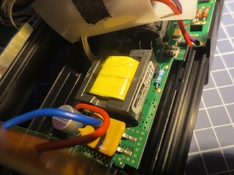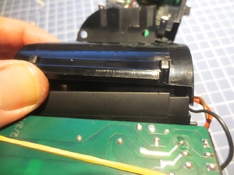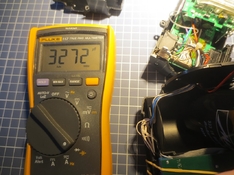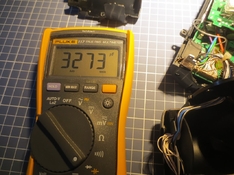My older 76mz-5 refuses to flash anymore .
No smell , No charging-noise ( the typical charging sound ) , No flash , No bang ,
control unit is working , albeit without the red and green indicator
NO flash-ready indicator .
capacitor failure ? after all those years highly possible .
can it be something else ?
batteries are tested and all above 2000 mah and nicely at 10+ volt .
How to get this flash apart ?
Any ideas on what might be wrong
anyone schematics ?
all help highly appreciated .
No smell , No charging-noise ( the typical charging sound ) , No flash , No bang ,
control unit is working , albeit without the red and green indicator
NO flash-ready indicator .
capacitor failure ? after all those years highly possible .
can it be something else ?
batteries are tested and all above 2000 mah and nicely at 10+ volt .
How to get this flash apart ?
Any ideas on what might be wrong
anyone schematics ?
all help highly appreciated .













